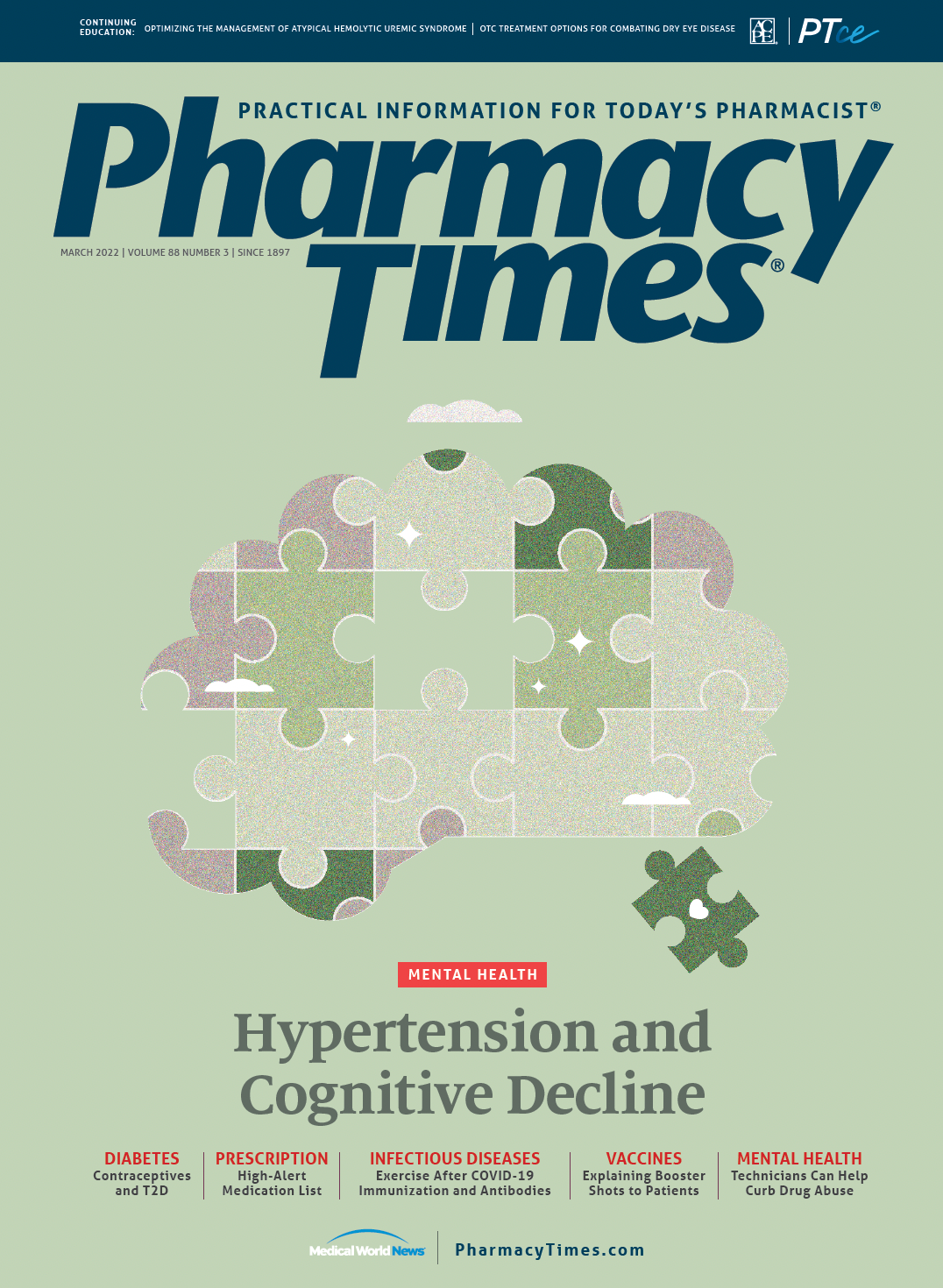Publication
Article
Pharmacy Times
Flavoring Medications Should Be a Parent’s Choice and a Pharmacist’s Prerogative
Author(s):
In proposed changes, the practice would fall within nonsterile compounding.
The practice of flavoring medications has long been an integral and valuable part of pharmacy.1
The taste of oral medications is one of the most critical factors influencing pediatric medication adherence and, consequently, health outcomes.2 Flavoring is generally perceived to be a proven and safe way to enhance medication palatability and thus improve pediatric health outcomes through patient adherence.3
Indeed, pharmacies have used flavoring additives for decades for those less palatable drugs that children and others have to take. Without these additives, millions of patients, most notably children, could be at risk of failing to adhere to their prescribed drug therapy because of the foul taste of lifesaving medications. After all, that is the purpose for adding flavoring—to mask the unpalatable taste of a drug. As long as flavorings are inert and have been proved to be effective, nondestabilizing to drugs, and safe, pharmacy boards have allowed, and pharmacists have filled, prescriptions using them for patients in need of therapeutic drug treatment.4
Regrettably, some interest groups would deny children and families the right to request that their local retail pharmacists add flavorings of their choice to a medication so that it can be tolerated. Those voices make the hollow argument that the simple act of adding an inert flavoring to a medication falls within the scope of nonsterile compounding and is therefore subject to the onerous provisions of United States Pharmacopeia (USP) <795>.
Proposed revisions to USP <795> would place countless restrictions on a compounding pharmacy that are simply inapplicable in the retail pharmacy setting.5 A review of these new requirements shows that retail pharmacies using flavoring would be required to install a hood or have a closed-system processing device and implement hours of additional employee training irrelevant to the flavoring process. Further, costs would increase by having to perform expensive and unnecessary testing of the flavored product.6 This would lead to the discontinuation of medication flavoring in most retail pharmacies. It is likely for this reason that many states have no interest in classifying the addition of flavorings as nonsterile compounding by
a retail pharmacy.
In fact, at least 25 state boards of pharmacy have already adopted specific language through formal guidance, regulations, or laws allowing pharmacies to perform medication flavoring for patients without subjecting the practice to onerous nonsterile compounding requirements.7 Not doing so would present the undeniable risk that simple flavoring would be subjected to a new set of detailed requirements for nonsterile compounding. Retail pharmacies would be forced to comply with onerous and likely unattainable new requirements before adding flavoring to medication. This would be disastrous for patient care. There is no reason to adopt rules that would, as a practical matter, prevent pharmacies from adding flavorings to medications, as flavorings have been found to be effective and safe and have been routinely dispensed with confidence by pharmacists for decades. For this reason, many states are making exceptions for flavorings, with Kentucky and Utah recently taking active steps to exclude flavorings from the definition of nonsterile compounding.8,9
Although such prohibition has not yet occurred in all the states, to the extent a governmental agency such as a pharmacy board were to impose such onerous requirements, community pharmacies would likely be required to stop offering flavoring to patients. This would effectively eliminate patient access to flavoring in thousands of community pharmacies across that state.
Being unable to obtain flavoring, if pharmacists were no longer able to provide this service for pediatric patients, some parents might end up using unsafe alternatives to help their children take unpalatable medications. This would negatively affect public health without producing any identifiable benefits. In short, imposing such substantial barriers to adding flavorings could likely result in a denial of rights and increase the risk that medication would not be ingested at all, be only partially ingested, or be followed by purging. Thus, patients would either not receive any medication or only a subtherapeutic dose.
For now, children are safe, as long as pharmacy boards recognize that flavoring has its place in therapy to assist with medication adherence. Retail pharmacies across the United States are the front line of patient care, and pharmacists should be able to keep adding safe, tested flavoring to medication without having to submit to legal or regulatory requirements.
Ned Milenkovich, PharmD, JD, is chair of health care law practice at Much Shelist PC in Chicago, Illinois.
References
1. Banov F. The art of flavoring: how to mask the taste of different medications. PCCA blog. June 19, 2019. Updated June 29, 2021. Accessed February 17, 2022. https://www.pccarx.com/ Blog/the-art-of-flavoring-how-to-mask-the-taste-of-different-medicines#:~:text=Oil%2Dbased%20liquids%20help%20 mask,in%20question%20because%20of%20hydrolysis
2. FlavoRx.com. Accessed February 17, 2022. https://www. flavorx.com/
3. Safety data sheet. Medisca. Updated July 2018. Accessed February 17, 2022. https://www.medisca.com/NDC_SPECS/ MUS/2683/MSDS/2683.pdf
4. Purse M. Excipients or inactive ingredients in medication. Verywell Mind. Updated March 19, 2021. Accessed February 17, 2022. https://www.verywellmind.com/what-are-excip- ients-in-medications-380363#:~:text=When%20drug%20manufacturers%20create%20medication,inactive%20 ingredients%20are%20called%20excipients.
5. Briefing: <795> pharmaceutical compounding–nonsterile preparations, USP 41. United States Pharmacopeia. Accessed February 17, 2022. https://www.usp.org/sites/default/files/ usp/document/our-work/compounding/usp-gc-795-proposed-revision.pdf.
6. Commentary: USP 42–NF 37, second supplement. United States Pharmacopeia. June 1, 2019. Accessed February 17, 2022. https://www.uspnf.com/sites/default/files/usp_pdf/EN/ USPNF/usp-nf-commentary/commentary-gc-795-20190531. pdf
7. Pharmacy rules/regulations by state for compliance with USP 797 medication compounding. CriticalPoint. February 28, 2017. Accessed February 17, 2022. https://www.jointcommission.org/-/media/tjc/documents/accred-and-cert/ certification/certification-by-setting/medication-compounding-certification/feb_2017_state_compounding_regulations. pdf
8. 201 KAR 2:076. Compounding. Kentucky General Assembly. Accessed February 17, 2022. https://apps.legislature.ky.gov/ law/kar/titles/201/002/076/
9. Notice of proposed rule. State of Utah. Updated June 2021. Accessed February 17, 2022. https://dopl.utah.gov/laws/ Prop_R156-17b_OAR_54139.pdf






